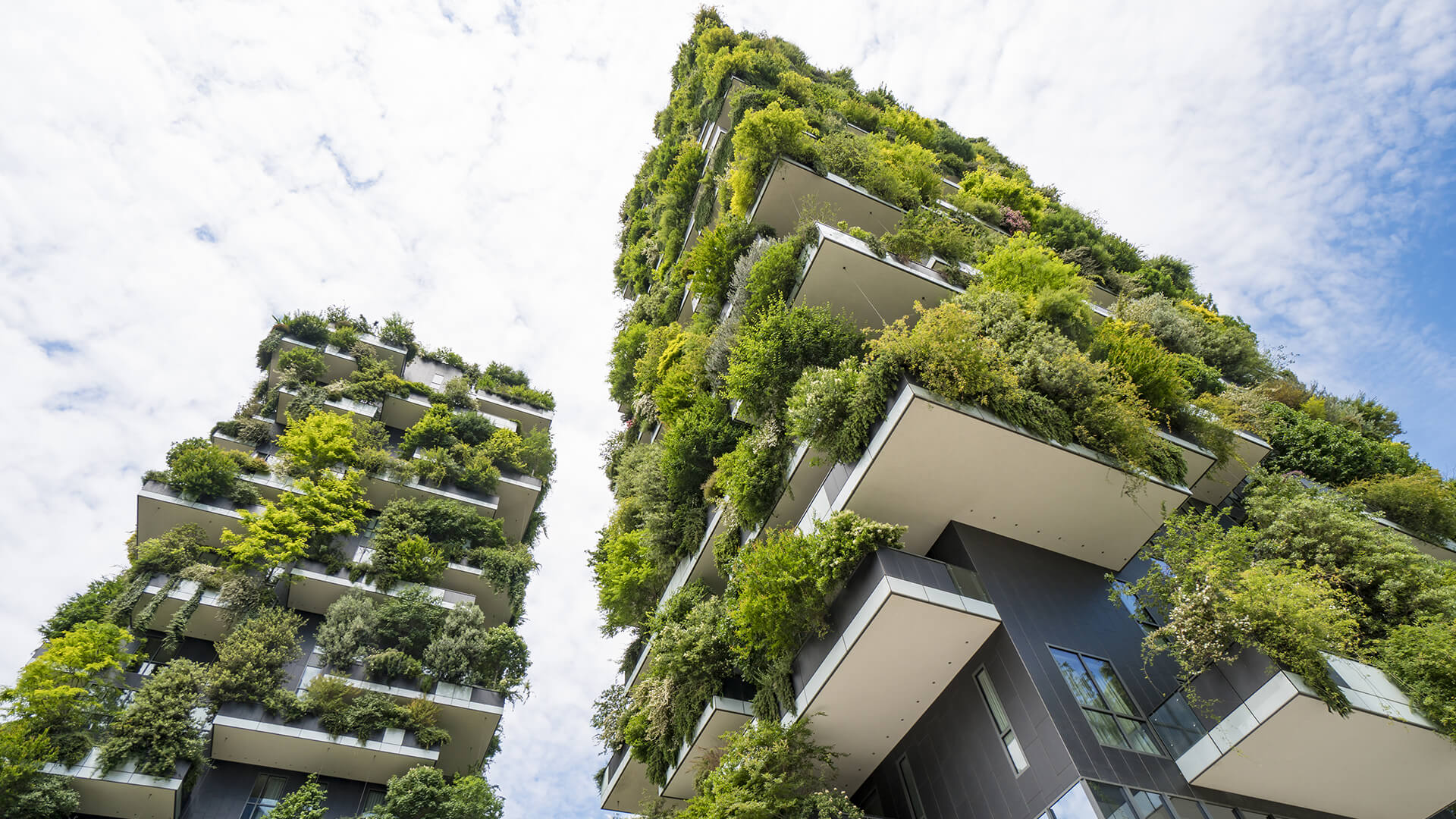Sustainable Building Techniques
Introduction
In today’s world, sustainable building techniques have become increasingly important as we strive to reduce our impact on the environment and create more energy-efficient structures. These techniques focus on using renewable resources, minimizing waste, and maximizing energy efficiency.
Passive Design Strategies
One effective sustainable building technique is the use of passive design strategies. These strategies involve designing buildings in a way that minimizes the need for mechanical heating, cooling, and lighting. This can be achieved through proper insulation, orientation to maximize natural light, and the use of shading devices to reduce heat gain.
Green Roof
A green roof is an innovative sustainable building technique that involves the installation of vegetation on the roof of a building. This technique helps to reduce stormwater runoff, improve air quality, and provide insulation, thus reducing the need for artificial heating and cooling.
Rainwater Harvesting
Rainwater harvesting is another sustainable building technique that involves collecting rainwater from roofs and storing it for later use. This water can be used for irrigation, flushing toilets, and even as a drinking water source with proper filtration. It reduces the strain on local water supplies and helps to conserve water resources.
Energy-Efficient Systems
Implementing energy-efficient systems is crucial for sustainable building. This includes using energy-efficient appliances, LED lighting, and incorporating renewable energy sources such as solar panels or wind turbines. These systems help to reduce energy consumption and greenhouse gas emissions.
Insulation
Proper insulation is essential for energy efficiency. Insulating walls, roofs, and floors can significantly reduce heat transfer in and out of the building, resulting in lower energy usage for heating and cooling. This technique also improves indoor comfort and reduces the need for mechanical heating and cooling systems.
Water-Efficient Fixtures
Installing water-efficient fixtures such as low-flow toilets and faucets can help conserve water in buildings. These fixtures reduce water consumption without compromising functionality. Additionally, implementing greywater systems can further reduce water usage by recycling water from sinks, showers, and laundry for non-potable purposes.
Conclusion
Sustainable building techniques play a crucial role in reducing our environmental impact and creating more energy-efficient structures. By incorporating passive design strategies, green roofs, rainwater harvesting, energy-efficient systems, insulation, and water-efficient fixtures, we can create buildings that are not only environmentally friendly but also economically viable in the long run.
